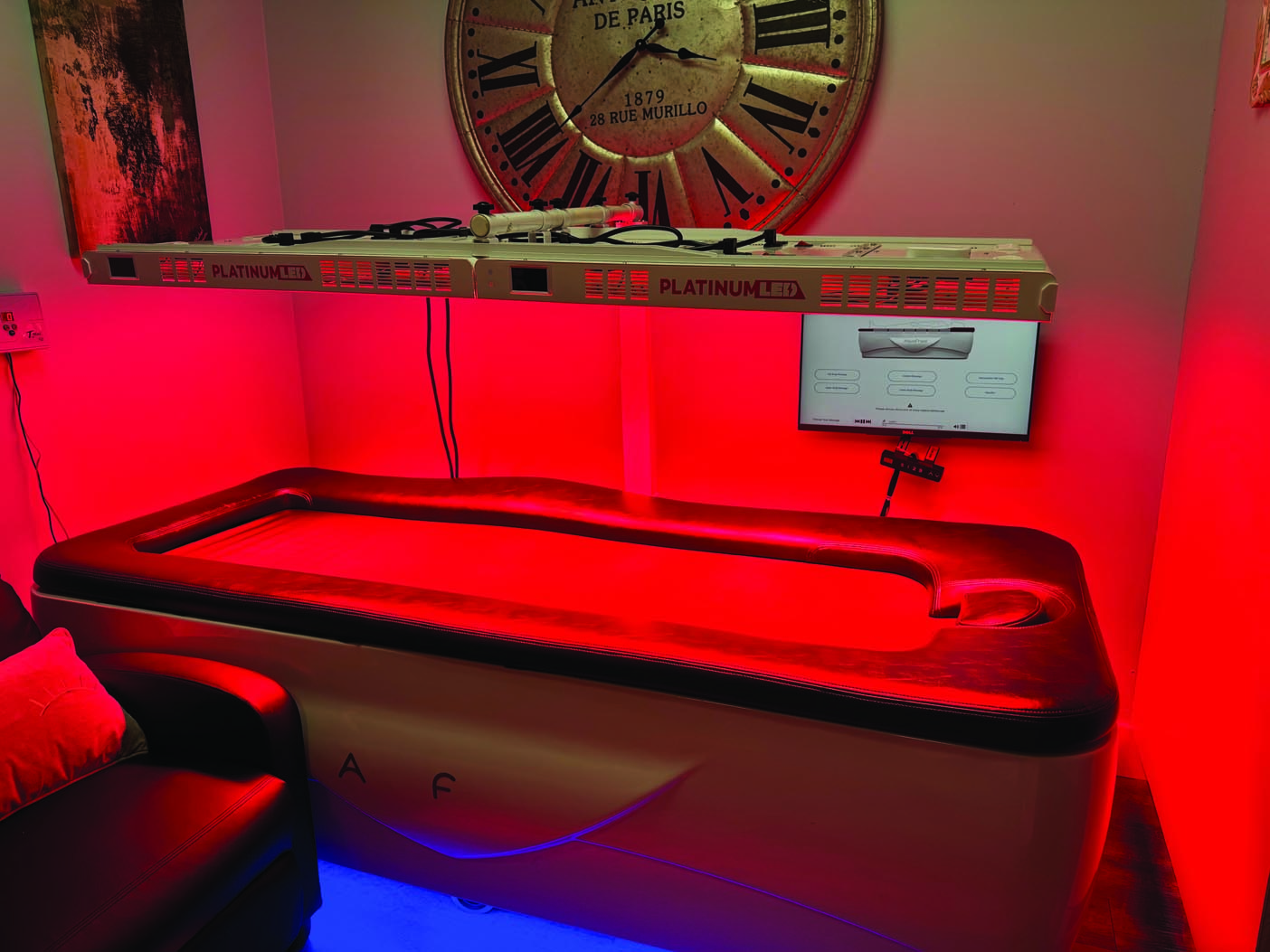It starts with the glass. A high-quality glass allows more of the energy created inside the lamp to get out and do its “work” – giving your customer a tan. When measuring glass quality, the critical element is referred to as “transmission” and relates to the purity of the materials used to manufacture the glass tubes. Low transmission results in lower UV output; a high transmission level results in higher output. If the glass purity is too great, unwanted wavelengths of the UV spectrum – like UVC – can contaminate the output. Not too opaque, not too pure … the glass needs to be “just right.”
[gap height=”15″]
Select a phosphor or a blend of two or more phosphors. The phosphor coating on the inside of the tube is the source of the sunlamp’s tanning power. Just as there are many roads to Rome, there are many phosphor blend combinations that give similar spectral results, but not all individual phosphor components are created equal. The best choice should be the phosphor that has the highest purity, the highest efficiency (UV output per watt of power consumption), the slowest natural depreciation (decline in output over time), and the highest reliability in the manufacturing environment. The phosphor quality needs to be … “just right.”
[gap height=”15″]
Coat the glass tube with the phosphor. Make a suspension composed of phosphor and a medium such as water; keep it constantly mixed, so the phosphor remains in suspension; coat the inside of the glass tube with a thin layer of this suspension; dry, then bake. Coating thickness is a critical element: too thin, and the UV output suffers; too thick, and UV output is likewise diminished. There is an optimum thickness of the phosphor coating layer for each phosphor type and for each blend of phosphors. The coating “bake-out” is also a critical process step. The baking time and temperature must be carefully controlled, in order to drive out any impurities and properly set the adhesion of the phosphor coating to the glass bulb – improper baking makes for lamps with diminished performance, starting problems, or even dim areas. To take advantage of the quality of glass and phosphor(s), the preparation and application of the coating must be done, yup, just right.
[gap height=”15″][gap height=”15″]
Wolff System: Doing it just right for more than 40 years.
[gap height=”15″]
Fill the glass tube with proper gasses. Inside a fluorescent lamp, the “normal” air we breathe is a contaminant, seriously degrading the lamp’s performance. During lamp production, the normal air must be evacuated and replaced with an inert gas. Argon or a mix of argon and neon are fill gasses typically used in fluorescent sunlamps. The gas type and pressure determine the electrical lamp’s operating characteristics. During the “Exhaust and Fill” step, the tube is filled with the inert gas and a precisely measured amount of mercury is dispensed before the tube is sealed. Improper air evacuation, the wrong replacement gas mixture, incorrect fill pressure, or the wrong mercury dose will all affect the lamp’s operation and performance. To avoid starting and appearance problems and to assure the maximum UV output, the exhaust/fill process must be done, again, just right.
[gap height=”15″]
Seal the lamp before attaching the bases. Sealing the glass tube is the final step to make it into a lamp. This seal is basically a glass weld that must be hermetic, or airtight. Without tightly controlled processes and quality control checks, the seal can finish with tiny, almost microscopic cracks. If the cracks are large enough, outside air can be drawn (or leaked) into the lamp because of the extremely low pressure within. Remember, air is a contaminant if it gets inside the lamp. Lamps with small cracks that enlarge as the lamp is heated and cooled during operation are called developmental leakers (as the leak develops in time). In the worst cases, this shows up as a lamp that is dead on arrival at your salon. In other cases, it manifests as a lamp that just goes out after a couple of tanning sessions. To avoid “no-lights” or extreme early failure, this critical step has to be completed just right, and verified through strict quality controls before the lamps are released for shipment to a salon operator.
[gap height=”15″][gap height=”15″]

























